Getting the better of international financial markets
Tuesday, 18.11.2008.
00:04

Getting the better of international financial markets So said a colorful advisor to Bill Clinton, James Carville, some years ago. If only he knew how prophetic his words were some two decades later! Recent developments in financial markets around the world are pretty frightening. In situations like this cool heads, clear vision and firm action are required to steer us through the maelstrom. How on earth, though, did we get into this mess? Many a person in Serbia has asked me the very same question. Once again it reaffirms my life experience to be wary of zealots and dogmatism, whether it is unregulated capitalism or command and control communism. Let me, in short, try to explain why it happened. Basically, there was a lot of cheap money in the United States of America. Credit was easily available, at very low interest rates. Rising real estate prices pushed a lot of capital into mortgages. As the prices of houses rose, more credits were made available. Mortgages were even granted to households with insufficient income streams to pay them back. Since the value of the houses purchased by these loans went up, and since they were used as collateral, the bankers thought there was no way they can loose their money. The financiers saw that they were onto a good thing and wanted to lend more and more. The problem was if one followed standard prudential rules of lending, these high risk investments were limiting banks’ ability to lend more. So a plethora of financial innovations to dodge common sense conventions came into existence. High-interest mortgages of low-income earners were repackaged into complex investment instruments and subsequently sold to a variety of financial institutions around the world. A lot of the buyers were not subject to close supervision (not even, as it turned out, by their shareholders) so authorities were not aware of the amount of high-risk debt that was piling up. Most of the investors didn’t even use their own money when buying these investment instruments: they borrowed at relatively low interest rates to buy high-interest bearing paper, which was regarded as sufficiently safe, of course assuming the housing boom would continue with skyrocketing prices. Then the bubble burst and the prices of houses went down. Many households with low incomes couldn’t meet their obligations. As soon as the defaults set in, the above mentioned investment instruments became virtually worthless. This was the U.S. “sub-prime” crisis. It triggered some prominent bank failures. Even one country – Iceland – went bankrupt. These events, in turn, set in motion further developments. The balance-sheet losses meant a tightening of liquidity and a decreased willingness by banks to take risks. Professionals call it a “credit crunch”. The loss of confidence resulted in financial institutions taking a very cautious stance to any lending as they lost faith that the loans would be repaid. Governments around the world intervened pouring in billions of dollars in an attempt to forestall a complete meltdown of the global financial system. There are indications that the financial markets have avoided the worst case scenario, but as to be expected, the problem has now shifted to what we call the “real sector”. Less access to credit and shattered consumer confidence mean, quite simply, that there is a downturn in economic activity, which, if allowed to go unchecked, could turn into an unrelenting recession. A reflection of the slow-down in the international economy is oil trading at a price of less than a half of what it was during the past summer. Food prices also went down. Prices of steel, copper, and many other commodities followed suit. The stocks of some of the most renowned companies are diving. While falls in commodity prices is good news for the inflation, it is a bad news for economic growth. It shows us that the market is not very optimistic about the future. Investors are cautious, banks are cautious, consumers are cautious, markets are shrinking, capital is becoming scarce and more expensive…and economic growth begins to spiral down. It is also clear that no region or country is immune to the consequences of the international financial crisis. The only answer is for the big engines of global economic growth to do all in their power to restart their economies. The U.S., Europe, Japan are striving to do this, but perhaps more importantly, China vigorously joined in this effort this week. So what does it mean for Serbia? It’s understandable that given what happened in the nineties some people would be a little jittery. But the Serbian banking sector at the beginning of this global crisis is in a much, much better shape than it was at the beginning of the Serbia specific crisis in the early nineties. Thanks to the prudent policies of the National Bank of Serbia the local banking system is well capitalized and the country has strong reserves to help it weather the storm. At the end of September short-term debt constituted fourteen percent of official reserves. Unfortunately, it does not mean that there will be no negative effects on Serbia. The indirect effects of the global slow-down will impact Serbia. Domestic demand is high, resulting in a current account deficit (CAD) of some eighteen percent of GDP. This in the past has been funded largely by cross-border borrowing and inflows of foreign investment. As credit gets tighter external borrowing will become more expensive. Foreign investors are going to be extra discriminating and very risk averse. Furthermore, Serbia’s exports, especially for commodities, will find it tougher in depressed international markets. The outlook is not all gloomy. Serbia with its future in the European Union and its friends to the East is a great location for economic activity. If Serbia still grows at three to four percent, and that growth largely comes from investments in competitive activities (including infrastructure) and not from high levels of domestic consumption - then the economy could emerge from the global crisis stronger and tougher, with a reduced CAD to boot!!! It’s not going to be easy though. Tough choices need to be made to keep the fiscal deficit below 2 percent of GDP. We don’t need to be frightened, we can do it! Simon Gray is World Bank Country Manager in Serbia A display showing stock prices in Hong Kong, Oct. 6, 2008 (Beta) “I used to think that, if there was such a thing as reincarnation, I wanted to come back as the president, or the pope, or a top baseball hitter. But now I want to come back as the stock exchange. You can intimidate everybody.” Simon Gray "The outlook is not all gloomy. Serbia with its future in the European Union and its friends to the East is a great location for economic activity. If Serbia still grows at three to four percent then the economy could emerge from the global crisis stronger and tougher."
Getting the better of international financial markets
So said a colorful advisor to Bill Clinton, James Carville, some years ago. If only he knew how prophetic his words were some two decades later!Recent developments in financial markets around the world are pretty frightening. In situations like this cool heads, clear vision and firm action are required to steer us through the maelstrom.
How on earth, though, did we get into this mess? Many a person in Serbia has asked me the very same question. Once again it reaffirms my life experience to be wary of zealots and dogmatism, whether it is unregulated capitalism or command and control communism.
Let me, in short, try to explain why it happened. Basically, there was a lot of cheap money in the United States of America. Credit was easily available, at very low interest rates. Rising real estate prices pushed a lot of capital into mortgages. As the prices of houses rose, more credits were made available. Mortgages were even granted to households with insufficient income streams to pay them back.
Since the value of the houses purchased by these loans went up, and since they were used as collateral, the bankers thought there was no way they can loose their money. The financiers saw that they were onto a good thing and wanted to lend more and more. The problem was if one followed standard prudential rules of lending, these high risk investments were limiting banks’ ability to lend more. So a plethora of financial innovations to dodge common sense conventions came into existence.
High-interest mortgages of low-income earners were repackaged into complex investment instruments and subsequently sold to a variety of financial institutions around the world. A lot of the buyers were not subject to close supervision (not even, as it turned out, by their shareholders) so authorities were not aware of the amount of high-risk debt that was piling up. Most of the investors didn’t even use their own money when buying these investment instruments: they borrowed at relatively low interest rates to buy high-interest bearing paper, which was regarded as sufficiently safe, of course assuming the housing boom would continue with skyrocketing prices.
Then the bubble burst and the prices of houses went down. Many households with low incomes couldn’t meet their obligations. As soon as the defaults set in, the above mentioned investment instruments became virtually worthless. This was the U.S. “sub-prime” crisis. It triggered some prominent bank failures. Even one country – Iceland – went bankrupt. These events, in turn, set in motion further developments. The balance-sheet losses meant a tightening of liquidity and a decreased willingness by banks to take risks. Professionals call it a “credit crunch”. The loss of confidence resulted in financial institutions taking a very cautious stance to any lending as they lost faith that the loans would be repaid.
Governments around the world intervened pouring in billions of dollars in an attempt to forestall a complete meltdown of the global financial system. There are indications that the financial markets have avoided the worst case scenario, but as to be expected, the problem has now shifted to what we call the “real sector”. Less access to credit and shattered consumer confidence mean, quite simply, that there is a downturn in economic activity, which, if allowed to go unchecked, could turn into an unrelenting recession. A reflection of the slow-down in the international economy is oil trading at a price of less than a half of what it was during the past summer. Food prices also went down. Prices of steel, copper, and many other commodities followed suit.
The stocks of some of the most renowned companies are diving. While falls in commodity prices is good news for the inflation, it is a bad news for economic growth. It shows us that the market is not very optimistic about the future. Investors are cautious, banks are cautious, consumers are cautious, markets are shrinking, capital is becoming scarce and more expensive…and economic growth begins to spiral down. It is also clear that no region or country is immune to the consequences of the international financial crisis. The only answer is for the big engines of global economic growth to do all in their power to restart their economies. The U.S., Europe, Japan are striving to do this, but perhaps more importantly, China vigorously joined in this effort this week.
So what does it mean for Serbia? It’s understandable that given what happened in the nineties some people would be a little jittery. But the Serbian banking sector at the beginning of this global crisis is in a much, much better shape than it was at the beginning of the Serbia specific crisis in the early nineties. Thanks to the prudent policies of the National Bank of Serbia the local banking system is well capitalized and the country has strong reserves to help it weather the storm. At the end of September short-term debt constituted fourteen percent of official reserves. Unfortunately, it does not mean that there will be no negative effects on Serbia.
The indirect effects of the global slow-down will impact Serbia. Domestic demand is high, resulting in a current account deficit (CAD) of some eighteen percent of GDP. This in the past has been funded largely by cross-border borrowing and inflows of foreign investment. As credit gets tighter external borrowing will become more expensive. Foreign investors are going to be extra discriminating and very risk averse. Furthermore, Serbia’s exports, especially for commodities, will find it tougher in depressed international markets.
The outlook is not all gloomy. Serbia with its future in the European Union and its friends to the East is a great location for economic activity. If Serbia still grows at three to four percent, and that growth largely comes from investments in competitive activities (including infrastructure) and not from high levels of domestic consumption - then the economy could emerge from the global crisis stronger and tougher, with a reduced CAD to boot!!! It’s not going to be easy though. Tough choices need to be made to keep the fiscal deficit below 2 percent of GDP. We don’t need to be frightened, we can do it!
Simon Gray is World Bank Country Manager in Serbia



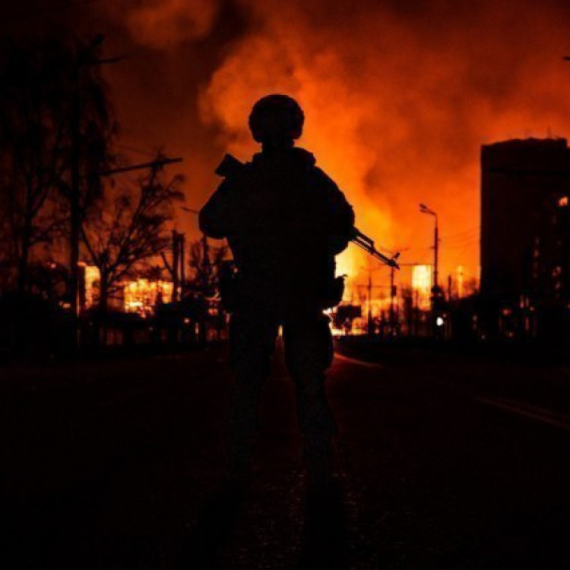
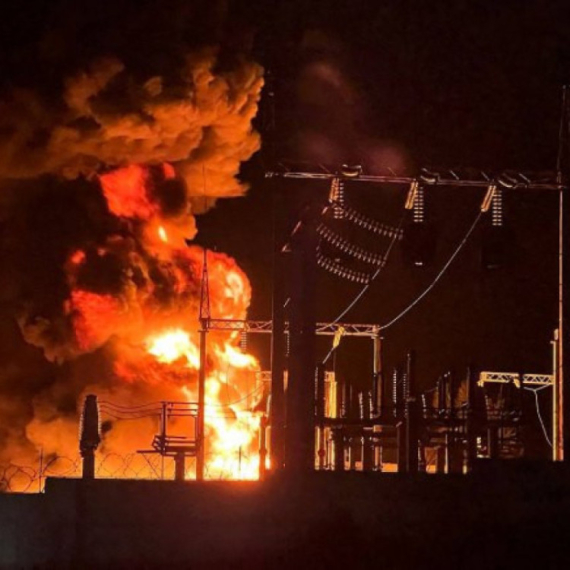
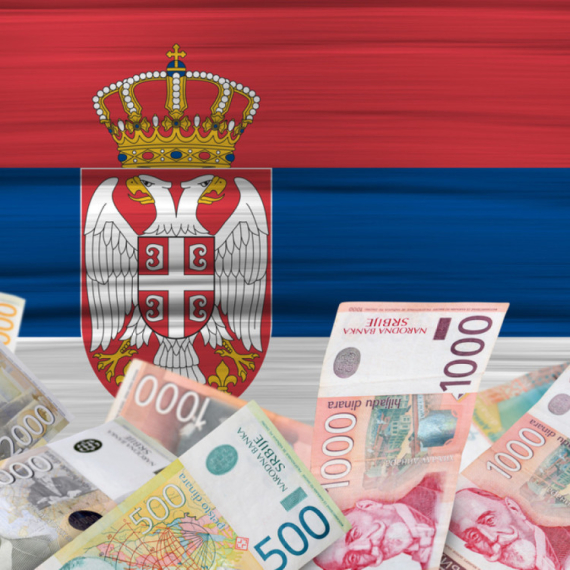
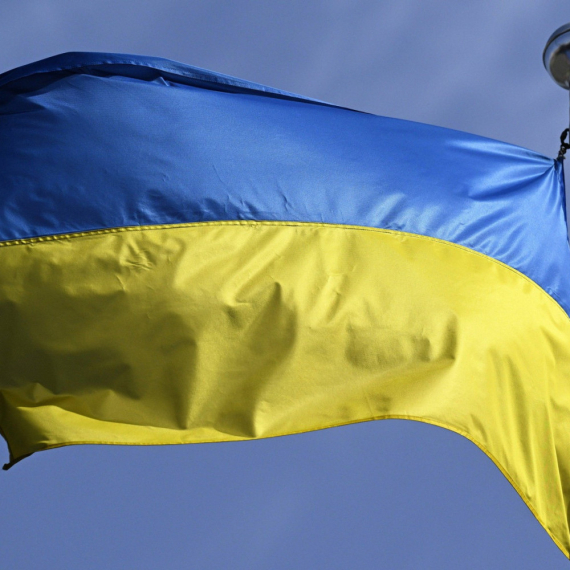




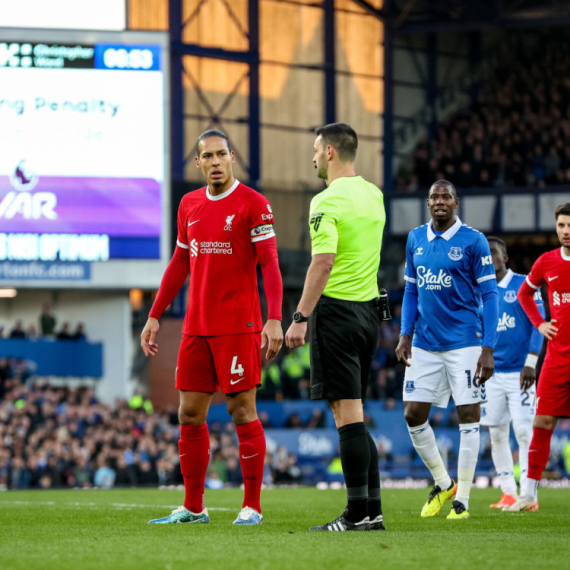







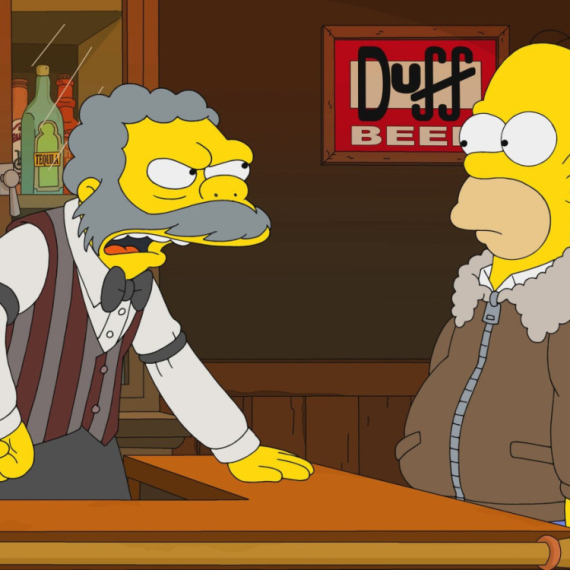





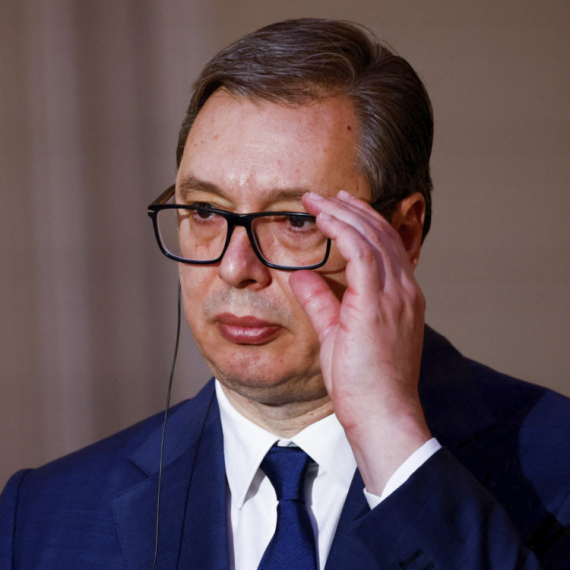
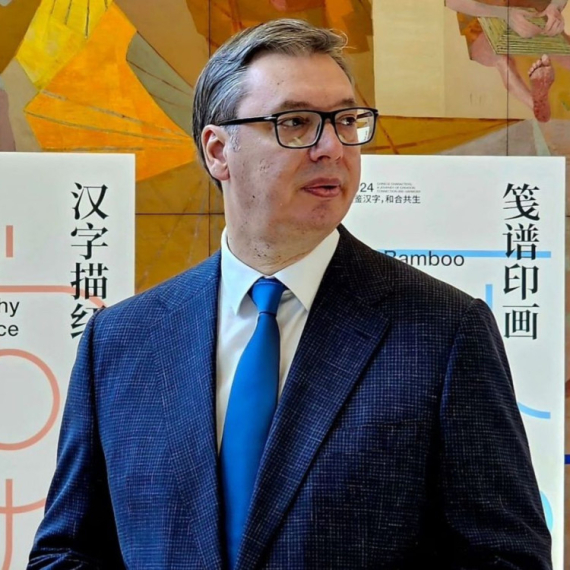
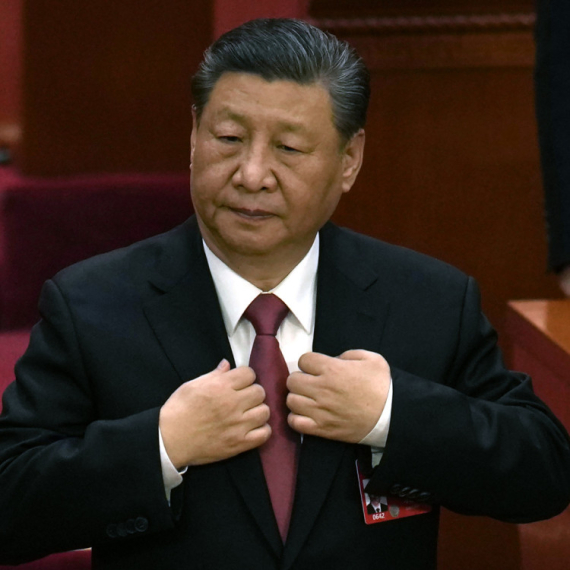













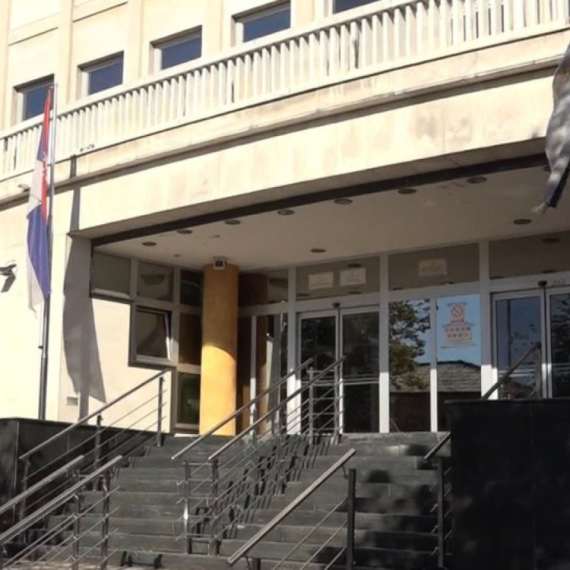
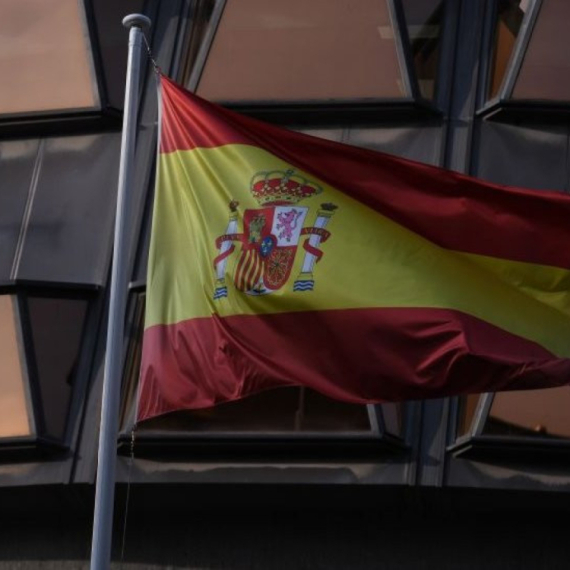


Komentari 3
Pogledaj komentare